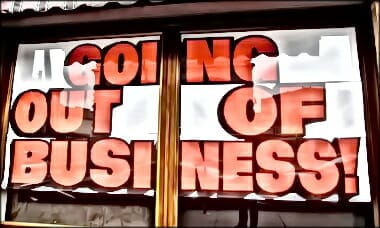Dennis Prager discusses a Los Angeles Times Op-Ed article regarding minimum wage entitled: “Leaving for Las Vegas: California’s minimum wage law leaves businesses no choice.” Here is the bottom line from the article (and this will definitely make it into my ECON 101 page):
…Here’s what the math looks like: I pay my employees $10.50 an hour, plus productivity bonuses. In addition, I pay payroll taxes and one of the highest worker compensation rates in the state. Even still, I could likely absorb a minimum wage as high as $11.50 an hour. But a $15-an-hour wage for my employees translates into $18.90 in costs for me — or just under $40,000 a year per full-time employee.
…When the $15 minimum wage is fully phased in, my company would be losing in excess of $200,000 a year (and far more if my workforce grows as anticipated). That may be a drop in the bucket for large corporations, but a small business cannot absorb such losses. I could try to charge more to offset that cost, but my customers —the companies that are looking for someone to produce their clothing line — wouldn’t pay it. The result would be layoffs.
When Los Angeles County’s minimum wage ordinance was approved in July, I began looking at Ventura County, Orange County and other parts of the state. Then, when California embraced a $15 wage target, I realized that my company couldn’t continue to operate in the state. After considering Texas and North Carolina, I’ve settled on moving the business to Las Vegas, where I’m looking for the right facility. About half of our employees will make the move with us.
Nevada’s minimum wage is only $8.25 right now, so I can keep my current pay structure or possibly increase wages. Even in the event that Nevada raises its minimum wage, I’ll still be better off with reduced regulations, no state taxes, and significantly less expensive worker compensation insurance. I have had the opportunity to meet with Las Vegas city officials (including the mayor)…
